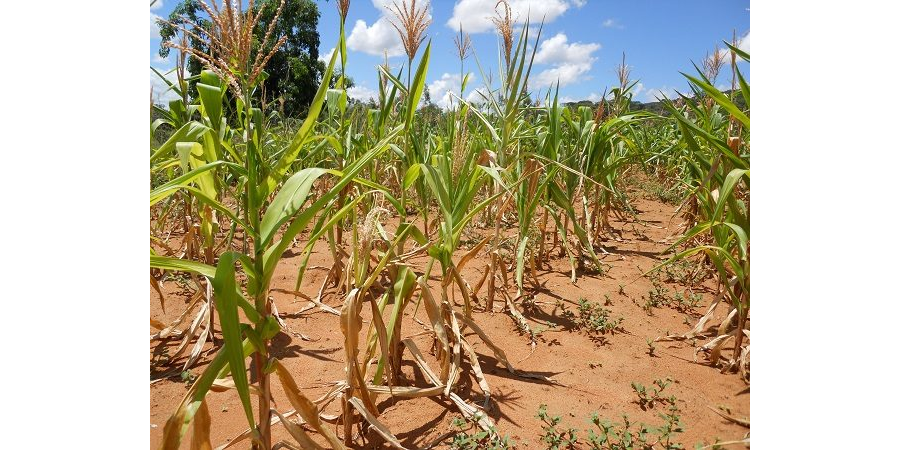We examine adoption of drought tolerant (DT) maize varieties using a four-round panel dataset from six districts in Malawi.
There is an increase in adoption of DT maize from 3% in 2006 to 43% in 2015 in our data. We focus on the effect of past drought exposure on adoption and the likelihood of DT maize being distributed under the Farm Input Subsidy Programme (FISP).
Results show that past exposure to drought increases the probability of DT maize seed being distributed through FISP. Farmers who accessed maize seed subsidy coupons and were previously exposed to late season dry spells are more likely to use the seed subsidy coupon to redeem DT maize seed.
The likelihood of adoption and adoption intensity (area under DT maize) are positively influenced by previous early season dry spells and access to seed subsidy. Previous late season droughts also positively affect adoption intensity. On the other hand, area share under DT maize is positively correlated with early season dry spells and past exposure to late season dry spells but negatively related to seed subsidy.
FISP in Malawi appears to have stimulated adoption of DT maize directly through subsidy and indirectly through generating farmers’ experiences of the performance of DT varieties under drought conditions.

